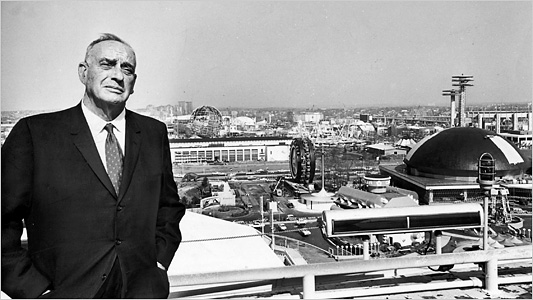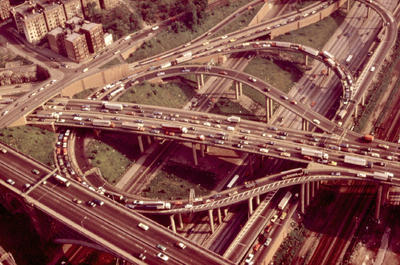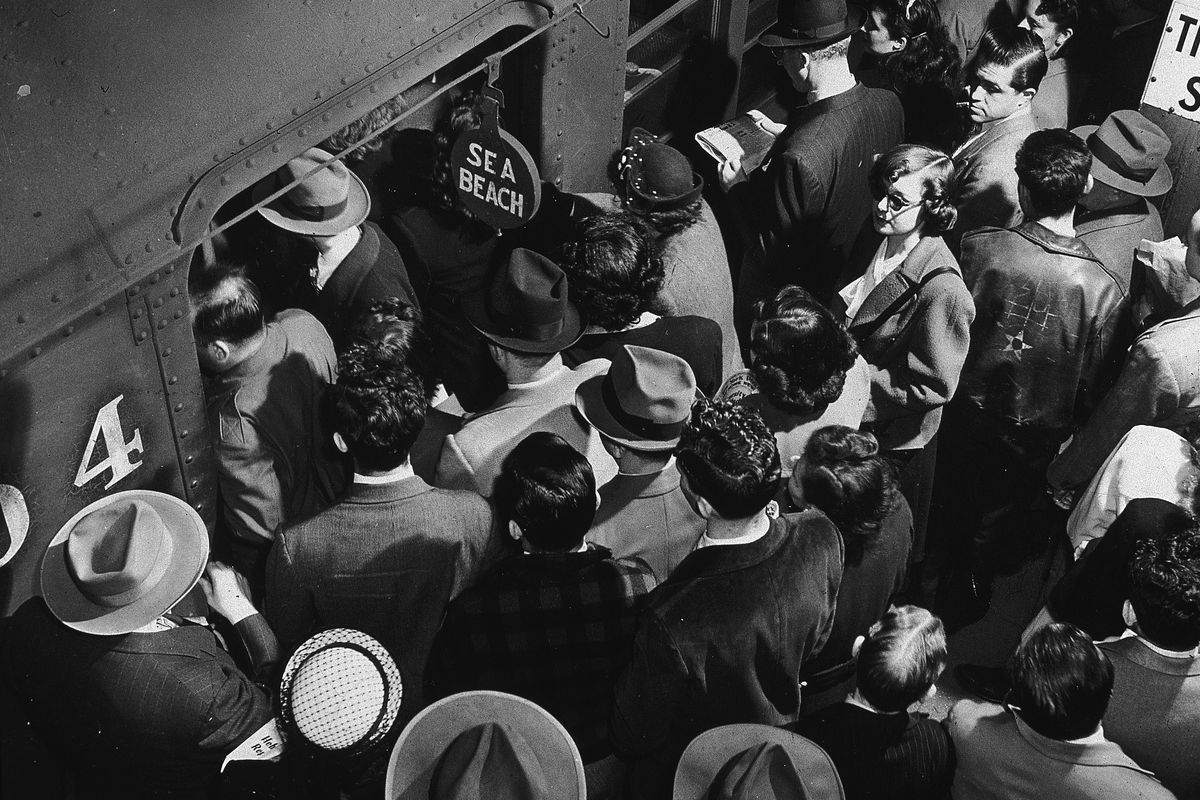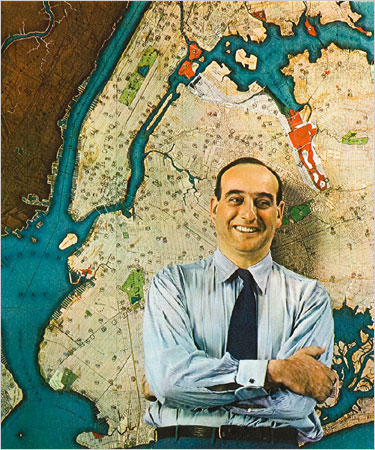STORY TIME: Robert Moses and a lesson on second-order consequences.
Moses was an American public official who spent over 50 years shaping New York City as we know it.
Moses was an American public official who spent over 50 years shaping New York City as we know it.
Other than the amassing power, one of his main goals was alleviating traffic on an extremely congested, post-war New York City.
And to do that, he put his power to build an impressive network of highways, connecting all five boroughs, at a ridiculously fast pace.
And to do that, he put his power to build an impressive network of highways, connecting all five boroughs, at a ridiculously fast pace.
To maintain such a pace, Moses had no option but to concentrate the majority of federal and state funds available to New York City in his projects and only his project.
And he did so ruthlessly at the expense of everything else.
And he did so ruthlessly at the expense of everything else.
These highways were often built parallel to mass transit lines.
This lured passengers away from public transport which, due to lack of funding (remember, Moses had it all), was ALREADY falling apart.
This lured passengers away from public transport which, due to lack of funding (remember, Moses had it all), was ALREADY falling apart.
Pouring money into highways instead of public transport kicked off a negative loop:
→ lines lost more passengers,
→ losses made it harder for owners to sustain service/ maintenance,
→ service/maintenance declined,
→ the decline cost the lines even more passengers
→ lines lost more passengers,
→ losses made it harder for owners to sustain service/ maintenance,
→ service/maintenance declined,
→ the decline cost the lines even more passengers
This negative loop accelerated the demise of mass public transport.
In the end, the passenger would have to do all their traveling by car, further increasing (instead of relieving!) highway congestion.
In the end, the passenger would have to do all their traveling by car, further increasing (instead of relieving!) highway congestion.
Whether by design or out of ignorance of the effect of his policies, Robert Moses ended up making the problem he wanted to solve, significantly worse.
And the kick of it all? Robert Moses never drove a car in his life.
And the kick of it all? Robert Moses never drove a car in his life.
That, my friend, is the story of second-order consequences.
Every change you make to a system WILL have unforeseen effects, affecting the system& #39;s functionality.
Every change you make to a system WILL have unforeseen effects, affecting the system& #39;s functionality.

 Read on Twitter
Read on Twitter





